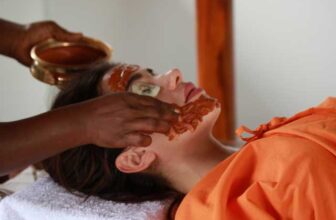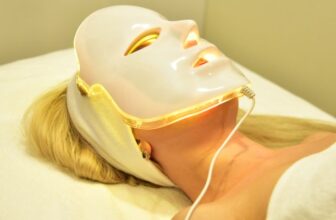
When a woman undergoes a mastectomy and loses a breast or both breasts this is emotionally distressing. The physical change to the body is quite obvious and can be shocking to the mastectomy patient. She may grieve and mourn her lost breasts.
Some women opt for reconstructive surgery while others don’t. Breast reconstructive surgery techniques have come a long way in recent years. If a woman wants breasts, she can get them.
However, the mastectomy patient must decide what type of surgery to have and when to have it.
Immediate reconstruction
In some cases, reconstructive surgery is done immediately after the mastectomy is performed, which is a good choice for those who do not require breast irradiation (radiation.)
One disadvantage of immediate reconstruction is that necrosis (cell death) involving breast skin, transplanted fat or the breast flap is more likely to occur. If it does, additional surgery is needed and the new breast may become misshapen when necrosis happens
Staged breast reconstruction
When a patient needs radiation following surgery, it is better to have staged breast reconstruction because radiation can modify the look of a newly reconstructed breast as well as cause the implant to become painful, rigid, misshapen, constricted or exposed. Radiation can also result in acute fibrosis or reduction of the fatty tissue used to build the new breast.
When a woman must wait for reconstructive surgery, the surgeon can place a tissue expander into the breast which enables the remaining breast skin to stay flexible and stretched.
Skin sparing mastectomy
A technique called “skin sparing mastectomy” leaves the outer skin of the breast unharmed while the breast, nipple and areola are detached. This method increases the likelihood of a good cosmetic result when reconstruction is done.
Delaying reconstruction
Some patients delay breast reconstructive, for many reasons. Perhaps a plastic surgeon is not taking part in the mastectomy or the woman isn’t fully apprised of reconstruction options at the time of surgery.
Medical advice
Those women who are too thin or obese, are smokers or have issues with blood circulation are advised to wait before having reconstruction surgery. Patients need to know that reconstructive does restore the look of the breast but not the feeling in the breast.
Rebuilding a breast
There are different ways to rebuild a breast, which the patient needs to discuss with her doctor. Breast implants can be inserted or the patient’s own tissue flap -which is a piece of the patient’s skin, fat and muscles taken from the back, stomach or other parts of the body – is used. Sometimes implants and tissue flaps are both used.
Tissue flap
When choosing the tissue flap option, there can be problems at the donor site (where the skin was taken.) Hernias and muscle frailty and injury to the site may result.
- The good thing about flap tissue is it behaves like the rest of body tissue and enlarges or shrinks when the patient loses or gains weight. The flap won’t come apart.
- There are various flap procedures used including utilizing muscles and tissue from the lower abdominal wall, which is called the TRAM (transverse rectus adbominis muscle) flap.
- The Latissimus dorsi flap approach utilizes muscle and skin from the upper back and uses skin and fat.
- The DIEP (deep inferior epigastric artery perforator) flap uses the same skin and fat as does the TRAM flap but doesn’t use muscle.
- There other flap options, which need discussed with the surgeon so the patient can make the best decision for her situation.
Implants
Saline-filled implants are used most frequently. The implant is filled with sterile saline (salt water.) Another choice is silicone gel-filled implants but this type of implant has had leakage issues in the past. However, newer silicone gel-filled implants utilize a thicker gel that doesn’t leak even if the implant bursts.
Nipple and areola reconstruction
Nipples and the areola, which is the dark area around the nipple, can be reconstructed in the end phase, when the breast has had time to heal.
- If at all possible, the reconstructed nipple and areola match the nipple and areola on the natural breast.
- Tissue from other areas of the body is utilized to make the nipple and areola.
- When the area is tattooed this makes the new nipple match up with the color of the nipple on the other breast. Tattooing can create the areola.
Insurance coverage
Insurance companies are required to pay for breast reconstruction following a mastectomy based on federal law, and this includes surgery on the opposite breast if needed. The plastic surgeon can make the remaining breast look very similar to the reconstructed breast, so they match in appearance.
If a mastectomy patient, you may or may not want to pursue reconstruction. It’s an individual choice. The patient does not have to make it immediately. If unsure, take some time following the surgery, discuss it with your doctor and family members, do independent research, and decide what the best choice is for you. Reconstructive surgery is optional.
Jamie Pratt writes for The Breast Cancer Society, Inc. a comprehensive resource guide covering breast cancer information, statistics, facts and other pertinent information. Learn more about their cause and join the community that has already helped thousands of breast cancer patients and survivors.





